Indoor Robots Market Summary
As per MRFR analysis, the Indoor Robots Market Size was estimated at 18.8 USD Billion in 2024. The Indoor Robots industry is projected to grow from 22.86 USD Billion in 2025 to 161.33 USD Billion by 2035, exhibiting a compound annual growth rate (CAGR) of 21.58 during the forecast period 2025 - 2035.
Key Market Trends & Highlights
The Indoor Robots Market is experiencing robust growth driven by technological advancements and increasing consumer demand for automation.
- North America remains the largest market for indoor robots, driven by high consumer spending and technological adoption.
- The Asia-Pacific region is emerging as the fastest-growing market, fueled by rapid urbanization and increasing disposable incomes.
- The Personal and Domestic segment dominates the market, while the Professional segment is witnessing the fastest growth due to rising demand in commercial applications.
- Technological advancements and the increasing focus on smart homes are key drivers propelling the market forward.
Market Size & Forecast
| 2024 Market Size | 18.8 (USD Billion) |
| 2035 Market Size | 161.33 (USD Billion) |
| CAGR (2025 - 2035) | 21.58% |
Major Players
iRobot (US), Ecovacs Robotics (CN), Roborock (CN), Neato Robotics (US), Samsung Electronics (KR), LG Electronics (KR), Dyson (GB), Honeywell (US), Panasonic (JP)
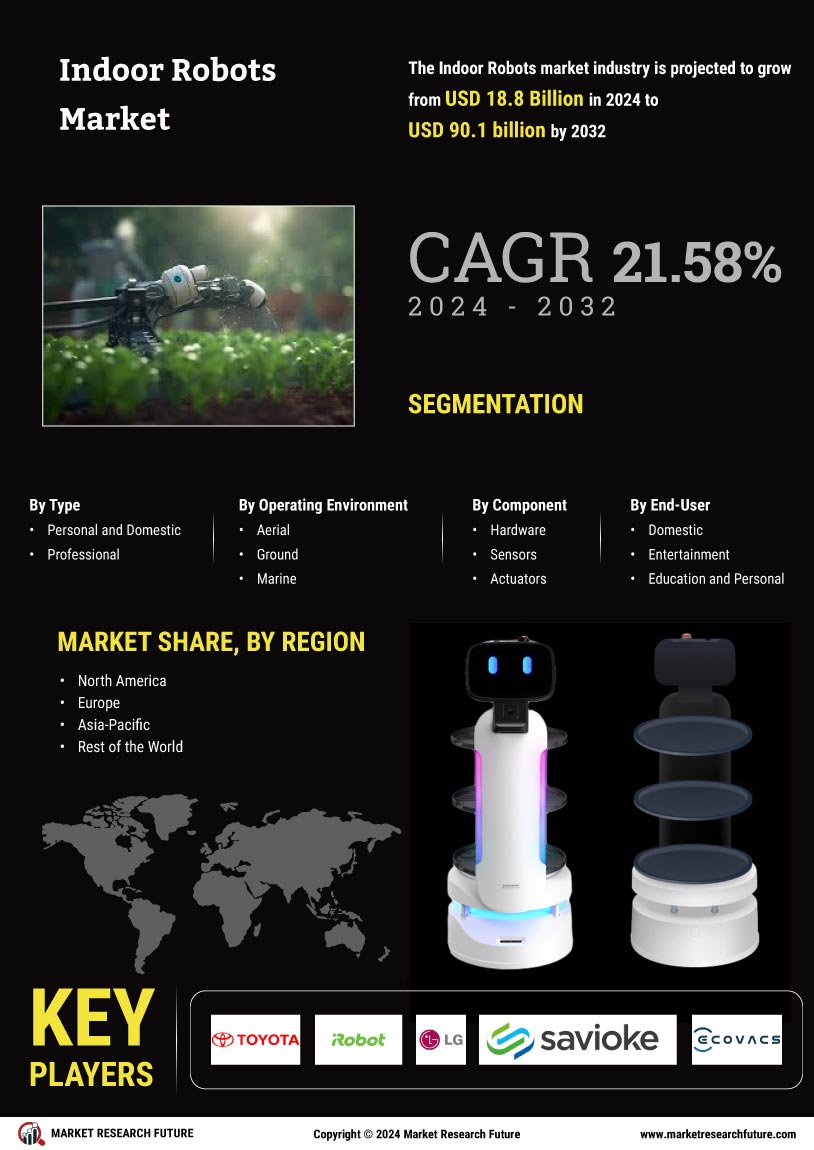

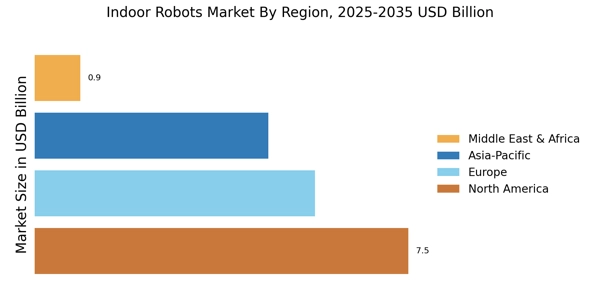
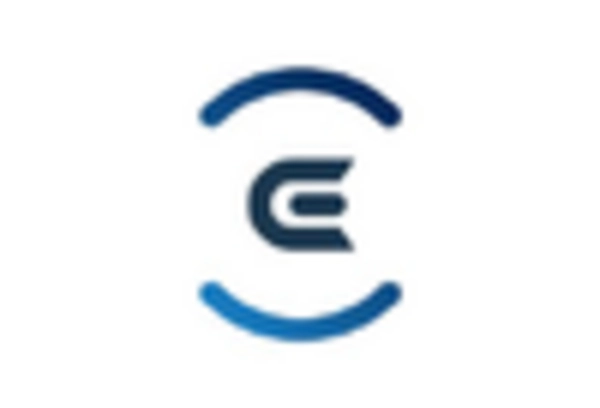

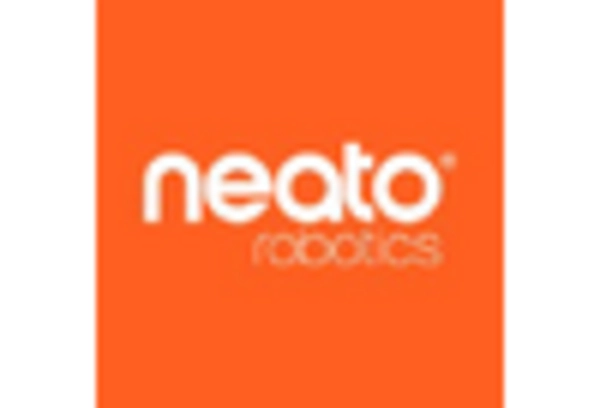
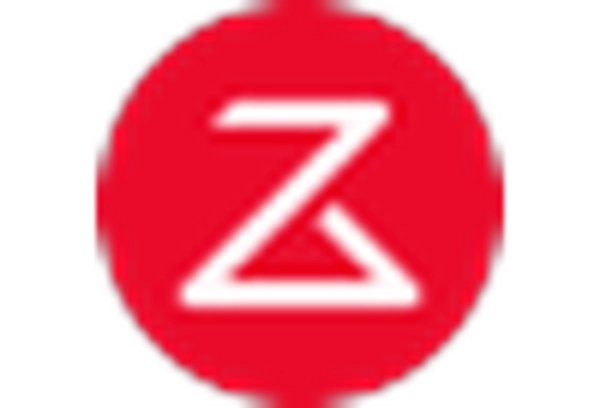










Leave a Comment